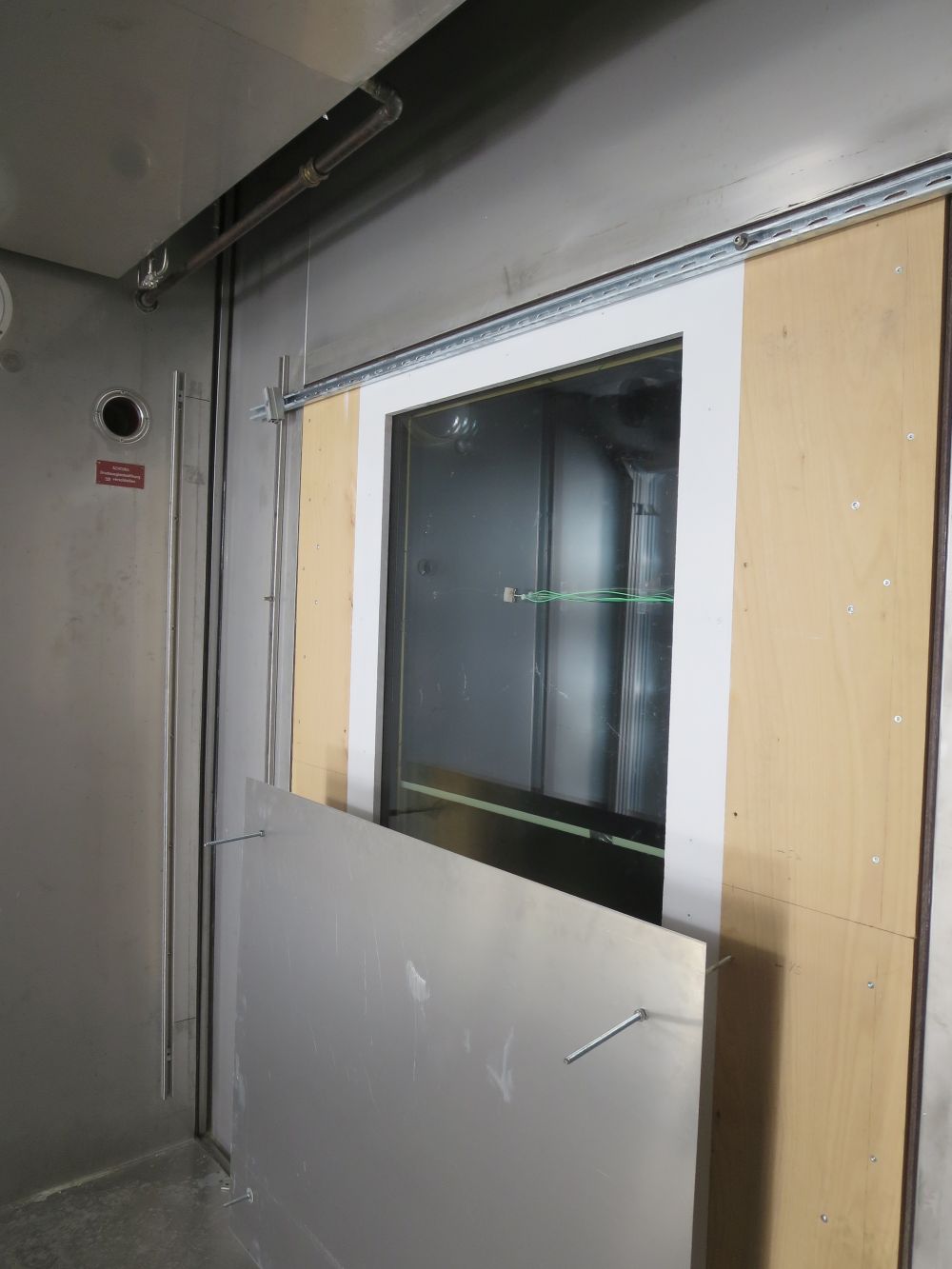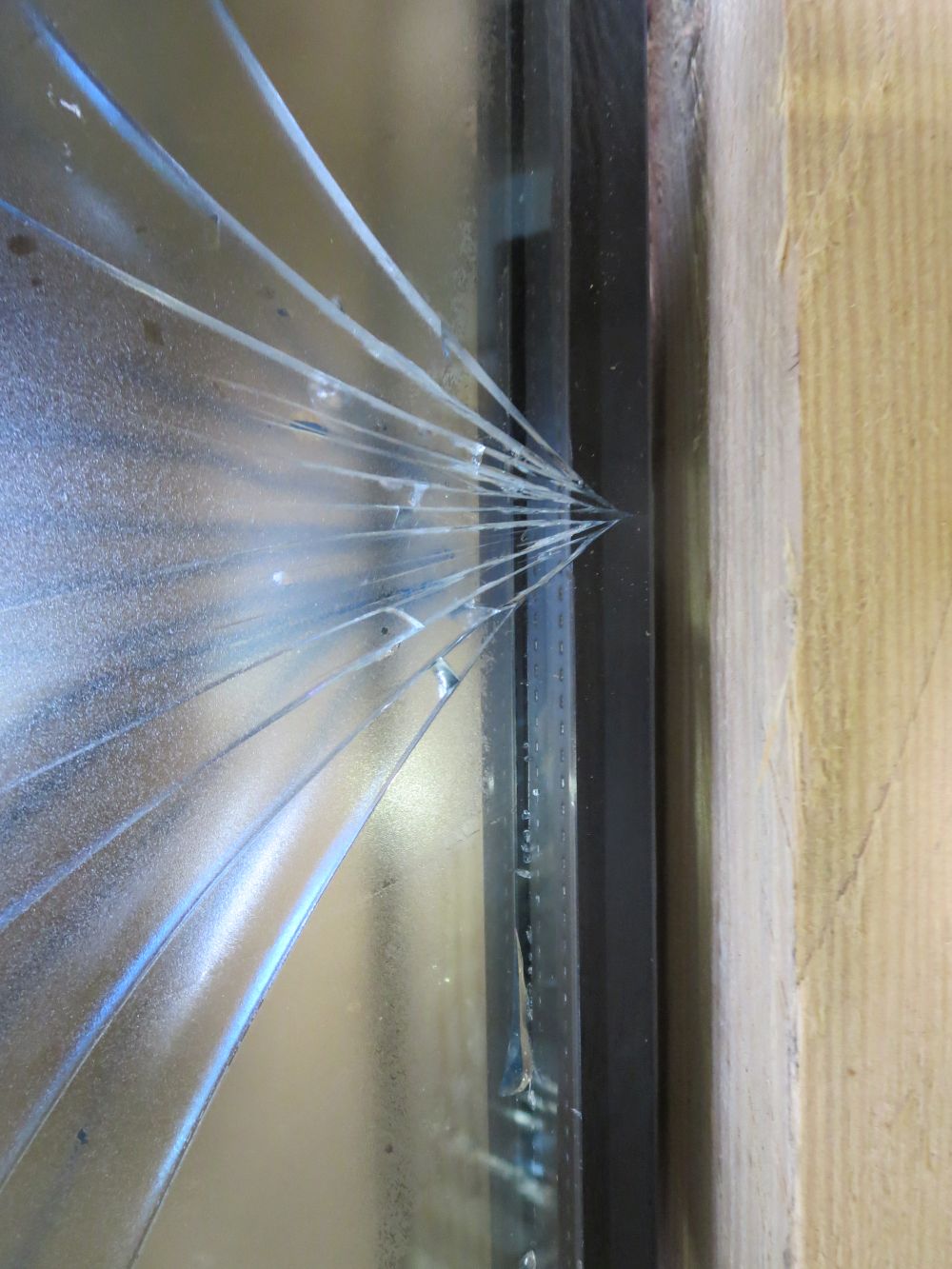| Duration: | 10/2020 - 09/2022 |
| Contracting Authority / Sponsors: |
Bundesministerium für Wirtschaft und Klimaschutz (BMWK) |
| Project Partners: | Technische Universität Darmstadt, Institut für Statik und Konstruktion, Interpane Entwicklungs- und Beratungsgesellschaft mbH, Sunovation Produktion GmbH Im Unterauftrag: RBGT Bauphysik und Glastechnik Sommer Informatik GmbH |
| Projekt Focus: |
Thermal breakage – Joint Research Project
Draft Standard for Determining the Thermal Stress of Glass and Glass-Glass PV Modules (BIPV) in the Construction Industry


Facade and roof glazing are exposed to thermally induced loads from direct solar radiation. However, this load has not yet been sufficiently investigated, in contrast to load measurements under dead weight, climatic loads (IGU - pressure differences) or wind and snow.
The aim of the project is to reduce or prevent the occurrence of thermally induced glass breakage (thermal breakage) through European standardization.
The standards and guidelines available so far, both at national and European level, are partly outdated or contain only simplified references and specifications for calculating the thermally induced stresses of facade and roof glazing. Therefore, different configurations of facade glazing will be investigated within the scope of the research project. Building-integrated (BIPV) glass-glass photovoltaic modules (for example as rear-ventilated facade cladding) are also considered. The investigation is carried out by means of numerical simulation and subsequent experimental validation with current German meteorological data. The aim of the project is to reduce or prevent the occurrence of thermally induced glass breakage (thermal breakage) through European standardization. In this way, economic damage can be avoided.
This results in the following objectives for this project:
- Development of a universally applicable radiation-temperature map with information on maximum values depending on orientation and location (Germany / subdivision into zones).
- Categorization of parameters - such as meteorological data, shading, construction, façade orientation, etc. (based on a checklist) - that trigger thermally induced breakage in glass constructions and BIPV
- Development of unified, simplified and numerical calculation methods
- Development of a (European) proposal for a draft standard on thermally induced stresses in façade glazing and building-integrated (glass-glass) photovoltaic modules, in order to enable better economic planning or dimensioning and to avoid cases of damage
- Creation of a basis for the development of commercial calculation software